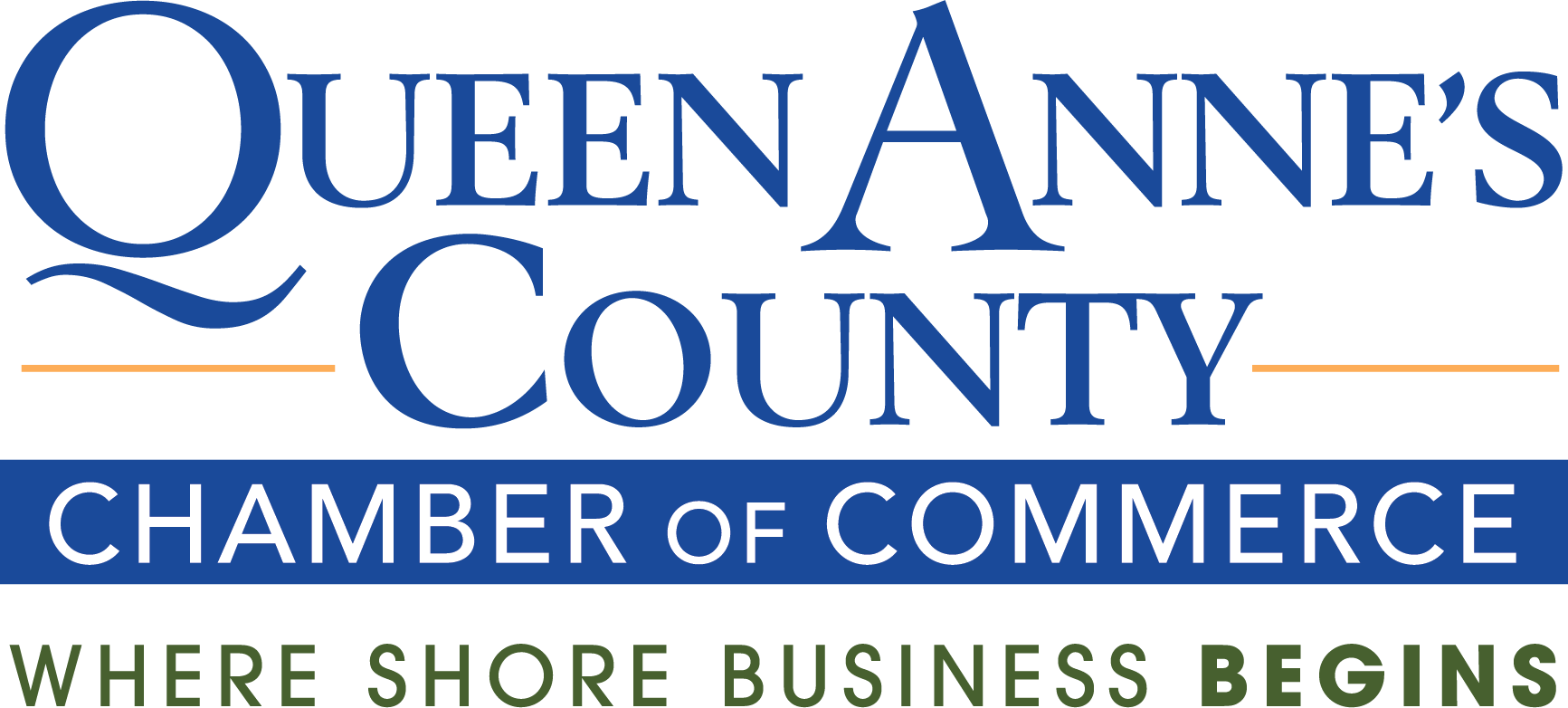Securing financing is one of the biggest decisions a small business owner will face. Whether you’re opening a new location, covering seasonal expenses, or investing in equipment, the right loan can fuel growth. But debt also carries risks if not carefully managed. This guide walks you through key financing options, critical loan terms, and the pitfalls to avoid — so you can borrow with confidence while protecting long-term stability.
Common Financing Options for Small Businesses
Small businesses today can access many forms of funding. Choosing the right one depends on your growth stage, revenue stability, and risk tolerance:
-
Traditional bank loans – Often the lowest interest, but require strong credit and collateral.
-
SBA-backed loans – Government-guaranteed, making them more accessible for young businesses. See the SBA’s loan programs for details.
-
Lines of credit – Flexible borrowing for cash flow gaps, but can lead to overspending if not managed carefully.
-
Equipment financing – Secured by the equipment itself; useful for restaurants, construction, and retail upgrades.
-
Invoice factoring – Advances on unpaid invoices, popular among B2B companies with long payment cycles.
-
Online lenders – Faster approvals, but often with higher costs. Companies like Bluevine and OnDeck offer these products.
Why Reviewing Loan Terms Matters
Before signing any loan, it’s essential to review the fine print. Loan agreements outline repayment schedules, interest rates, collateral requirements, and fees. Missing small details can lead to costly surprises down the line.
Taking the time to understand the loan agreement terms helps you avoid missteps, plan repayment realistically, and negotiate when needed. For a deeper breakdown of what to look for, see this resource on understanding the loan agreement terms.
Key Loan Terms to Understand
Here’s a table of the most common terms you’ll encounter:
|
Term |
What It Means |
Why It Matters |
|
APR (Annual % Rate) |
Total yearly borrowing cost, including fees and interest. |
Helps compare loan offers side-by-side. |
|
Amortization |
How payments are spread over time, often with more interest upfront. |
Affects cash flow in early repayment years. |
|
Collateral |
Assets pledged to secure the loan. |
Risk of losing equipment or property if you default. |
|
Covenants |
Conditions you must meet (e.g., keeping a debt-to-income ratio). |
Breaking them can trigger penalties or default. |
|
Prepayment penalty |
Fees for paying off a loan early. |
Could make early repayment costly. |
|
Personal guarantee |
Owner’s personal liability for repayment. |
Puts personal finances at risk. |
Risks to Watch For
Taking on debt can be transformative — or destructive. Common risks include:
-
Overborrowing: Taking more money than needed often leads to unnecessary interest costs.
-
Floating interest rates: These can rise unexpectedly, making repayment harder.
-
Hidden fees: Origination fees, late penalties, or account maintenance charges can add up.
-
Collateral loss: Defaulting could mean losing business assets — or even personal property in some cases.
-
Short-term loans: Products with daily or weekly repayment schedules can strain cash flow.
Tip: Consider using financial planning tools such as QuickBooks or Wave to forecast how loan repayments will affect monthly budgets.
Checklist Before You Borrow
Here’s a quick checklist to guide your decision:
-
Review your actual funding need — borrow only what you require.
-
Compare at least three offers (APR, fees, repayment length).
-
Check collateral requirements and personal guarantees.
-
Model best- and worst-case repayment scenarios.
-
Confirm whether early repayment penalties apply.
-
Have a plan for consistent cash flow during repayment.
FAQ: Small Business Borrowing
What’s the difference between a line of credit and a loan?
A line of credit works like a credit card — you draw as needed and pay interest only on what you use. A loan gives you a lump sum upfront with fixed payments.
How do I know if I qualify for SBA loans?
Eligibility depends on factors like credit history, business revenue, and size. Check the SBA’s eligibility guide for details.
Should I use personal credit cards for business expenses instead of a loan?
While quick, personal cards usually have higher rates and mix personal liability with business finances. Dedicated financing is safer for long-term growth.
How can I compare loan offers fairly?
Always look at the APR, not just the advertised interest rate, and account for fees and penalties. Tools like NerdWallet’s business loan calculator can help.
Are online lenders trustworthy?
Many are, but costs vary widely. Research providers, read reviews, and compare terms carefully before committing.
Conclusion
Borrowing money can be a powerful way to grow your business — if you approach it with clarity and caution. Understand your financing options, scrutinize every loan agreement, and model repayment scenarios before committing. With careful planning, you can access the capital you need without jeopardizing long-term stability.
Discover the vibrant business community at the Queen Anne’s County Chamber of Commerce, where your business journey begins at the ‘Gateway to the Eastern Shore’! Join us today and unlock endless opportunities for growth and success.

